If you’re like me, you love birdwatching. If you’re like me, you’ve also emailed IMSA admin about the possibility of installing a birdfeeder on campus sophomore year and still haven’t heard a clear answer. But, do not worry! Winter offers amazing birdwatching opportunities, and I’m here to give you the timely scoop on how to see some birds without (possibly) breaking the rules!
But first, a brief guide on the birds of IMSA. Our campus is home to a small variety of feathered friends, including Blue Jays, Chickadees, Mallard Ducks, Finches, and, of course, geese. During the winter months, here are a few species you will see most frequently:
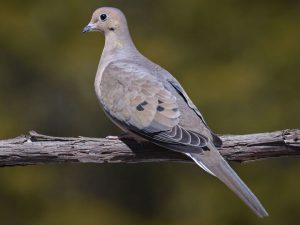
Morning Dove | Source: All About Birds
Name: Mourning Dove
Where they are on campus: Parking lots, baseball field, power lines near main entrance
What they do: Makes a beautiful, iconic call that sounds faintly like crying, or an IMSA student on a Sunday night
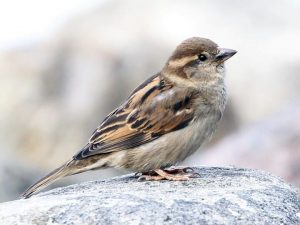
House Sparrow | Source: All About Birds
Name: House Sparrow
Where they are on campus: Nearly everywhere
What they do: Eat seeds in the grass around Yare and create nests in the gazebo and roof outside the gym entrance to the main building
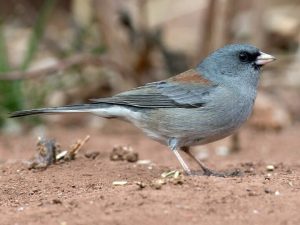
Dark-Eyed Junco | Source: All About Birds
Name: Dark-Eyed Junco
Where they are on campus: The trees outside 04 (only present in winter)
What they do: Flock in trees and hop around on the ground in search for seeds
If you want to help these birds get something to eat in the cold winter months, and maybe even see them flock outside your dorm window, there’s a few things you can do.

Source: Duncraft
- Buy a window birdfeeder
Advantages: A window birdfeeder gives you the opportunity for birds to eat literally right outside your dorm window and can store enough seed for weeks of birdwatching.
Disadvantages: Costs a pretty penny (some run up to thirty bucks) and results can be mixed. At home, I have gotten window birdfeeders to work with some time and effort, but at IMSA, I have not been able to replicate my luck. Birds are much more quick to eat at a freehanging feeder, as they get a bit antsy around windows.

- Just throw some birdseed down outside your dorm room
Advantages: Very cheap—a bag of birdseed from Woodmans doesn’t hurt the wallet that much and will last you for the entire year. Also, results are pretty much guaranteed, as birds will easily find and eat seed placed on the ground.
Disadvantages: Unless you want squirrels and other unwanted visitors, seed must be scattered in small amounts. In turn, you will have to have to go outside and put birdseed down again every few days or so. Also, especially with certain rooms on campus, visibility is just not the same. Watching birds eating seed in this manner will often mean you’ll have to crane your head to look down at the area right outside your window.
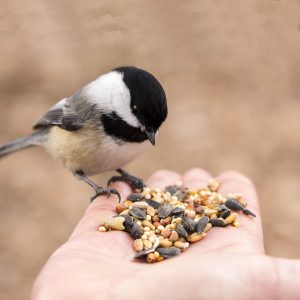
Hand feeding a bird | Source: National Today
- Feed birds when you go home!
Advantages: Depending on where you live, you might be able to see a much wider variety of birds. Also, nobody will tell you that you can’t put up bird-feeders in your backyard (except maybe your parents!)
Disadvantages: It’s not from the comfort of your own dorm room! In the grand scheme of things, this shouldn’t matter—you should be happy that a bird out there is getting a tasty treat during the cold months, even if you’re miles away, slaving away on a problem set!

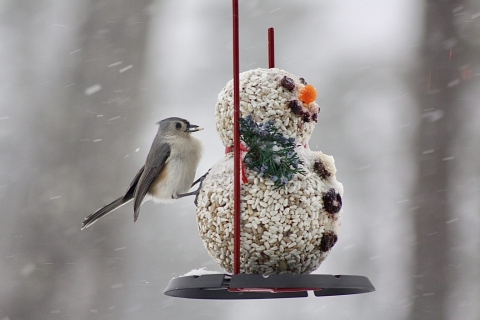

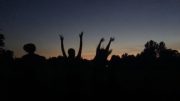


Be the first to comment on "Winter Birdwatching at IMSA: A Guide"